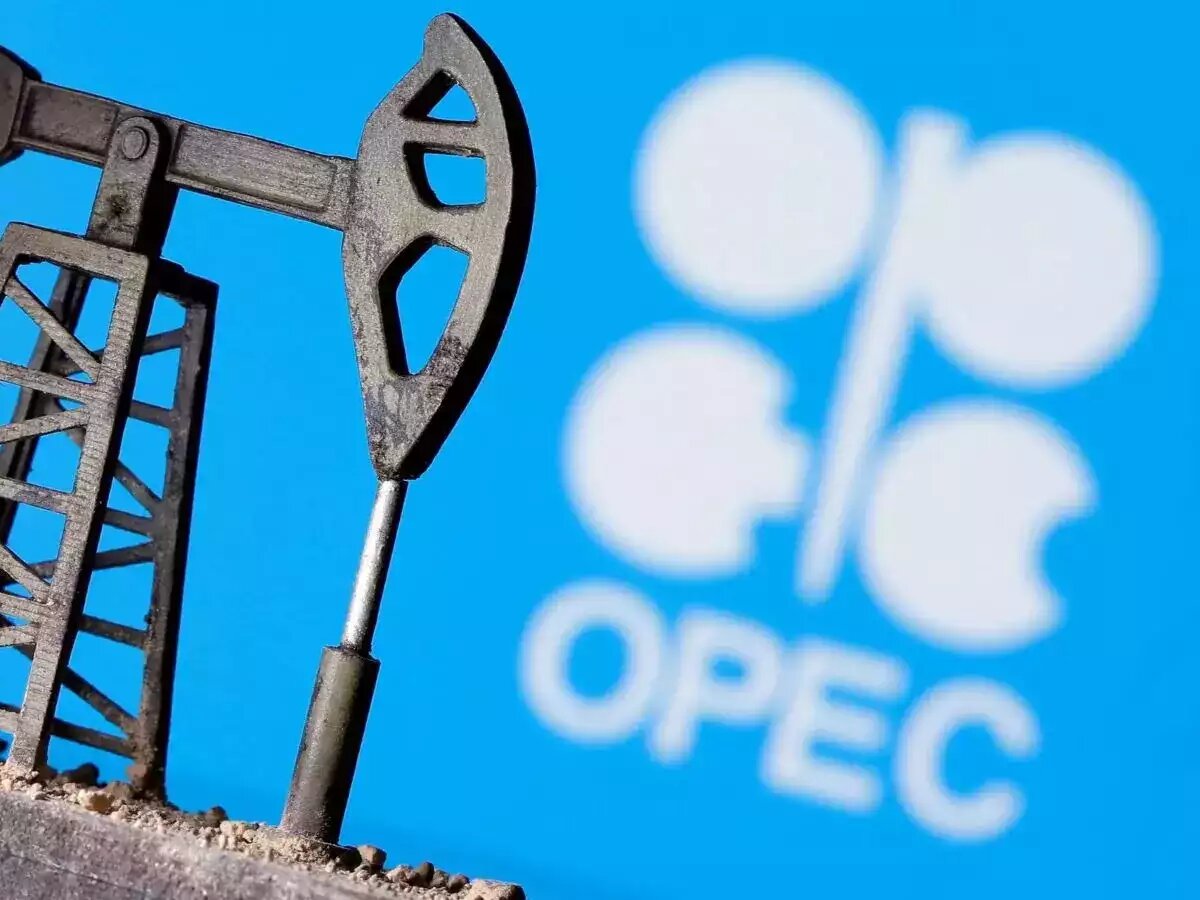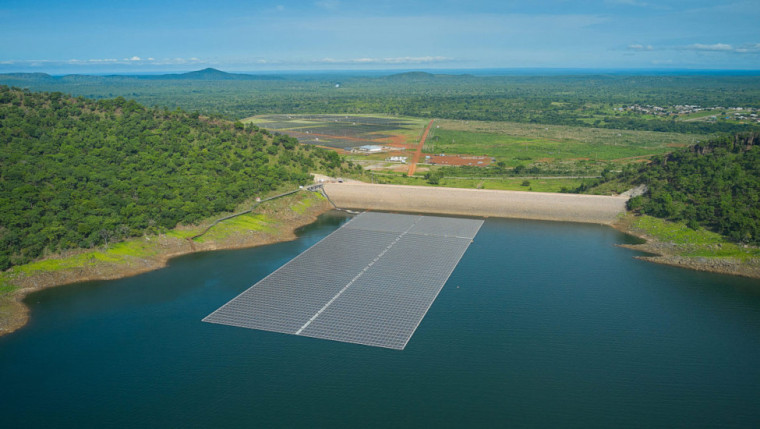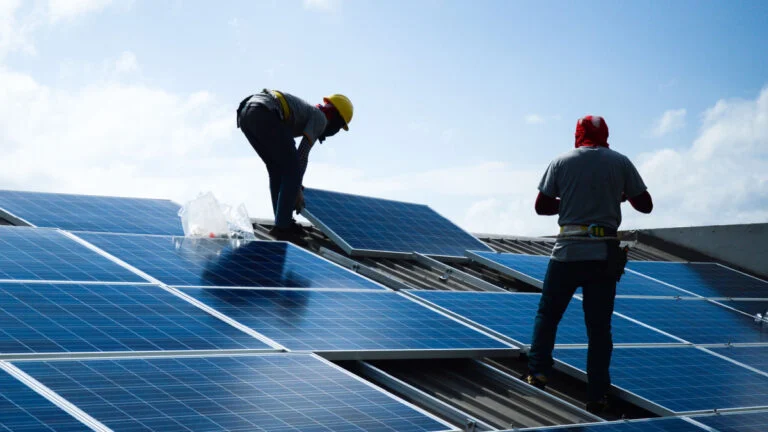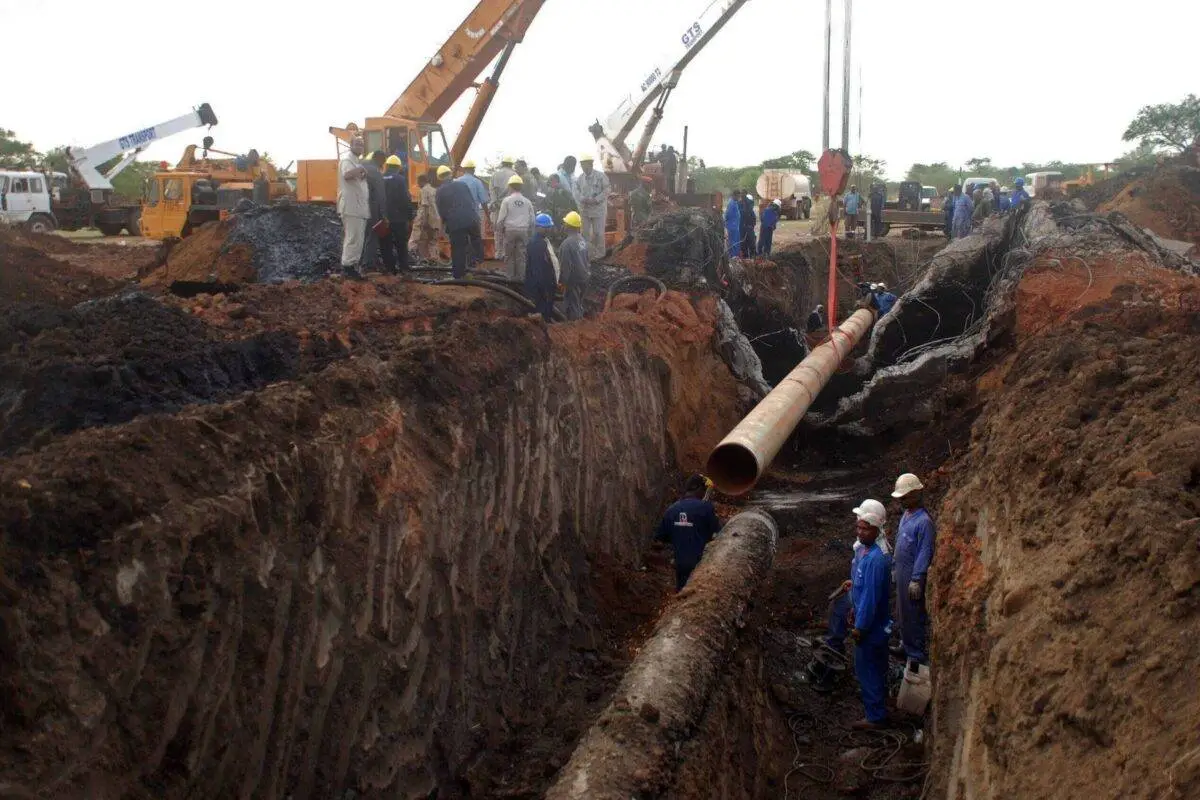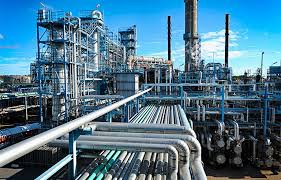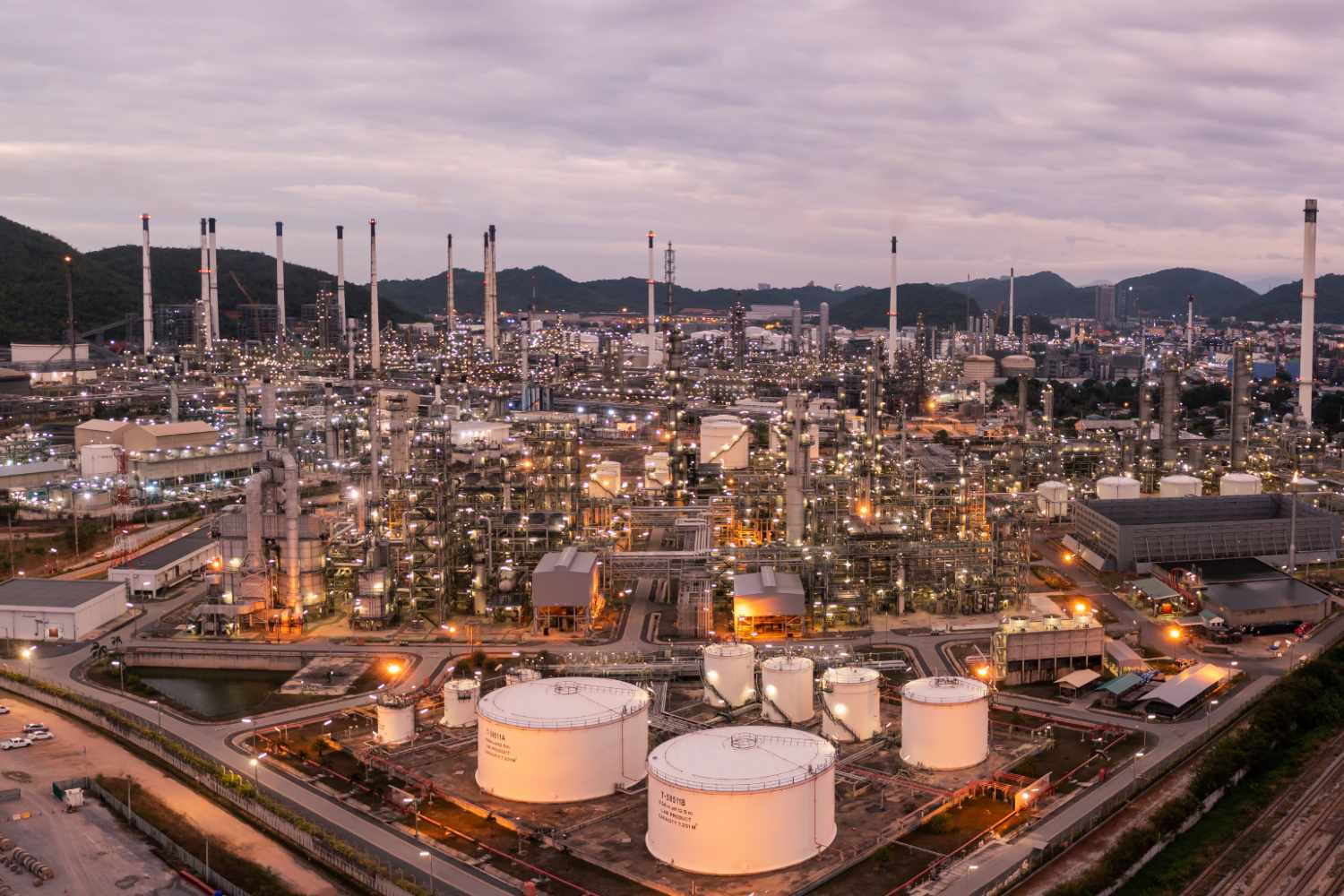Generation

Angola to lead Central Africa in oil refining with Cabinda plant launch
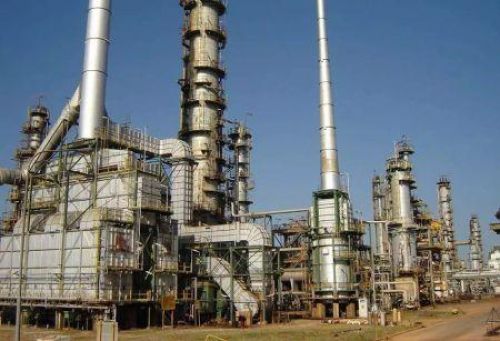
After several delays, Angola will commission its Cabinda refinery in September, with a capacity of 30,000 barrels per day (bpd), local media reported on Friday, August 22. Together with the 65,000 bpd Luanda refinery, the country’s total capacity will reach 95,000 bpd, putting Angola ahead of Congo, Gabon, and Cameroon as Central Africa’s top crude oil refiner.
According to the U.S. Energy Information Administration (EIA), Congo’s CORAF refinery in Pointe-Noire processes about 21,000 bpd, while Gabon’s SOGARA plant handles a similar volume. In Cameroon, the SONARA refinery in Limbe has a theoretical capacity of 42,000 bpd but has remained idle since a fire in 2019, the Global Energy Observatory notes. A recovery plan called “Parras 24,” approved recently, targets resumption by 2027 after two years of rehabilitation works, local media said.
Once the second phase of the Cabinda project is completed, Angola’s total refining capacity will rise to 125,000 bpd, nearly double the current level. The project, led by UK-based Gemcorp in partnership with state-owned Sonangol, represents an investment of more than $900 million.
In the short term, Angola expects the new capacity to reduce its reliance on fuel imports, valued at more than $2 billion annually, according to the International Trade Administration.
The refinery project also includes a training program known as KUMA, which aims to prepare 5,000 Angolans for refinery-related jobs in mechanics, electrical work, welding, and IT, with priority given to youth and women.
While Angola is set to lead Central Africa in refining, it remains far behind Nigeria, where the private Dangote refinery alone has a capacity of 650,000 bpd, in addition to 445,000 bpd from public refineries that rarely run at full capacity.






